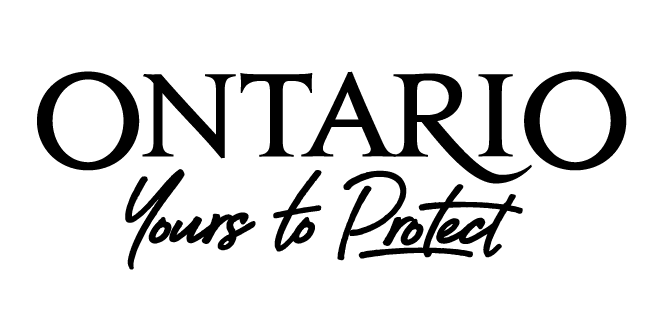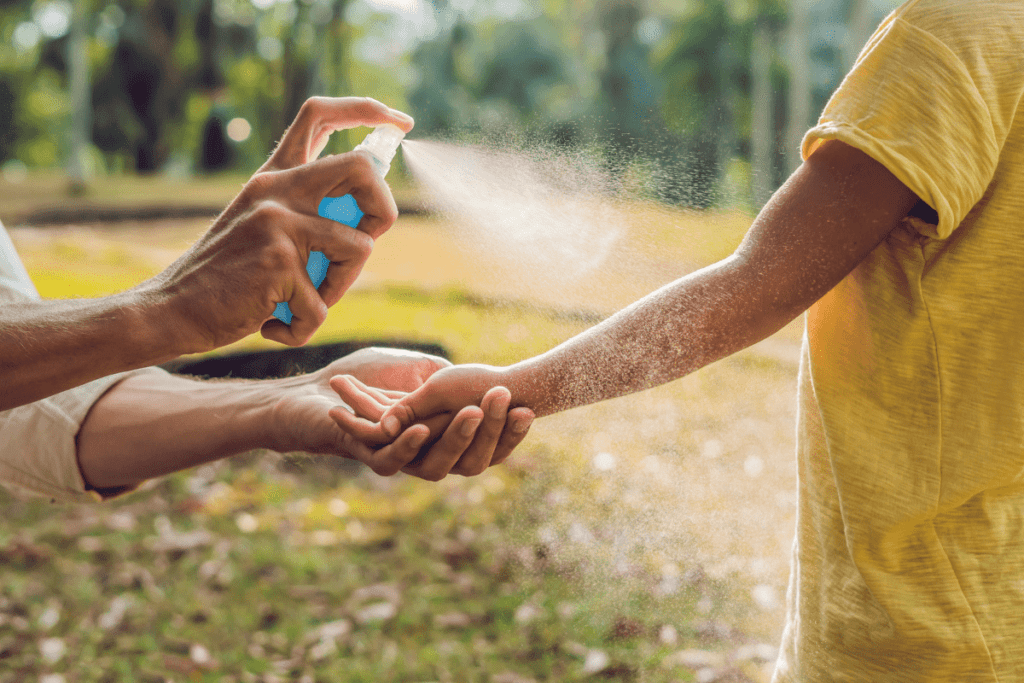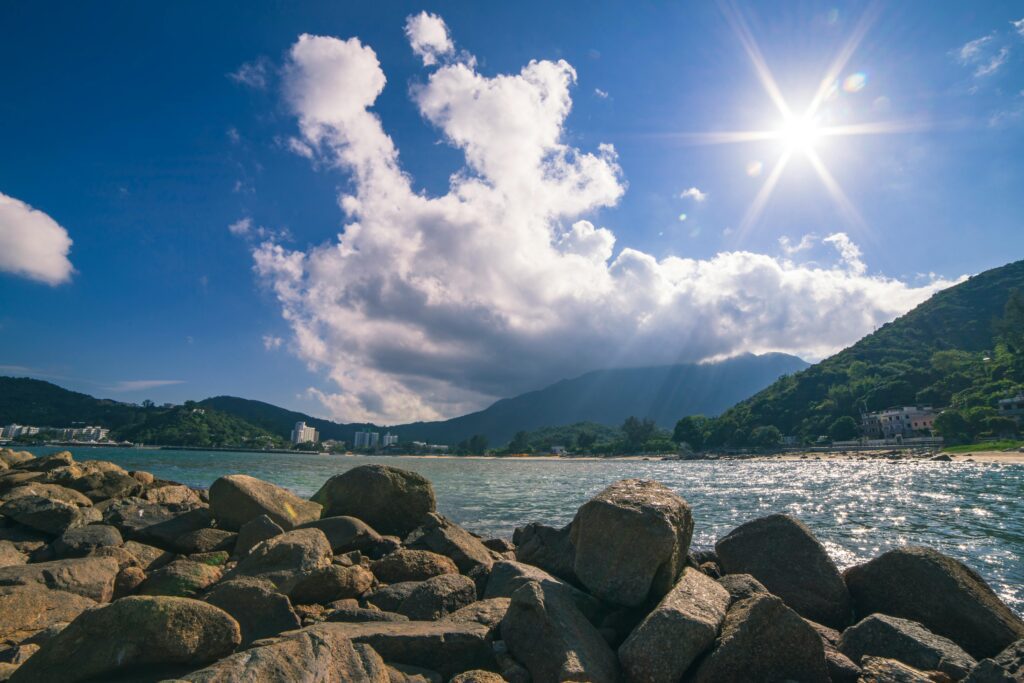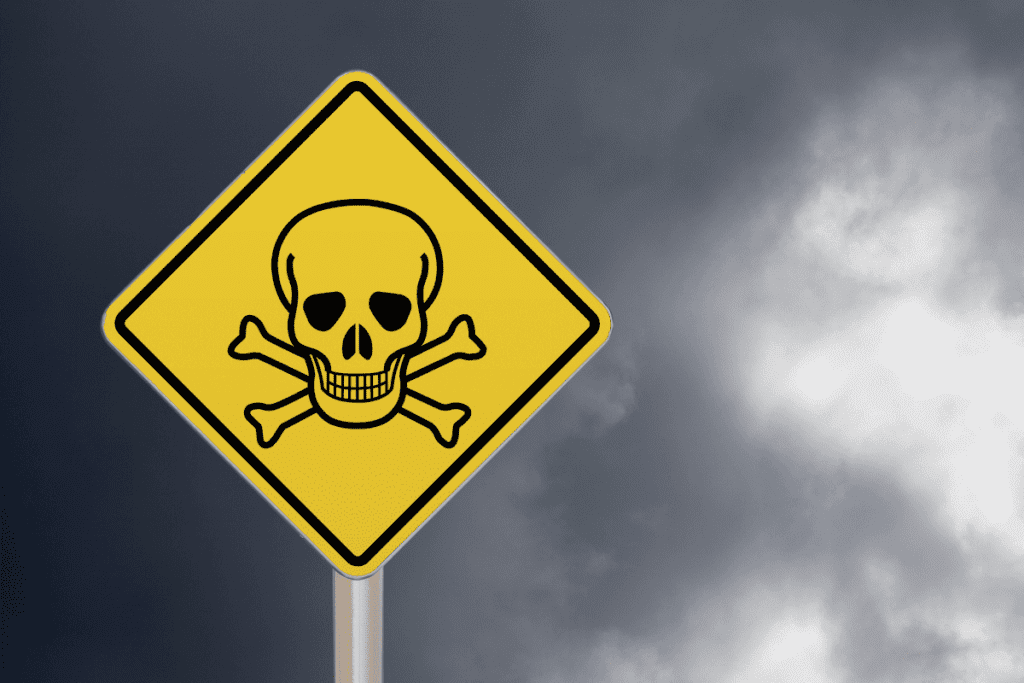For Canada Water Week, March 16-22, Environmental Defence is celebrating water! Each day this week we’ll post a new blog which will explore how our programs all have a connection with water. Today, we’re featuring our Toxics Program and how we’re helping to protect water by kicking out the toxics.
Did you take a shower this morning? Use soap and shampoo?
When you bathe, wash your hands, or tidy up by mopping or spraying, everything you pour down the drain makes its way into sewers, and into water treatment systems that can’t always completely remove toxic pollutants found in everyday personal care and cleaning products.
In recent years, some companies have improved many product formulas to remove nasty chemicals like endocrine disruptors (chemicals that mimic hormones) and carcinogens. Yet, the average Canadian bathroom still holds scores of products rife with toxic chemicals: from phthalates in fragrances, to solvents in cleaning products, to triclosan in anti-bacterial hand soap. There are many chemicals in common consumer goods that shouldn’t be there in the first place.
At Environmental Defence we have been conducting public education and outreach about this issue and helping people to reduce their exposure to potential carcinogens and reproductive toxicants (substances that can have an adverse effect on sexual function and fertility). While public awareness of endocrine disruptors and carcinogens in products is on the rise, one of the key challenges needs more attention: what goes on your skin washes off in your shower goes down the drain, and often ends up in Canada’s waterways and lakes.
Consider the case of triclosan.
Triclosan was declared toxic by Environment Canada in 2012, yet it remains in products for sale in Canada. It is a chemical that can affect human thyroid hormone and has been linked to antibiotic resistant bacteria. It also reacts with the chlorine in tap water to form chloroform (a hazardous substance), and reacts with sunlight in waterways to form dioxins. Dioxins associated with triclosan and triclosan itself have been found in waterways, posing a threat to the health of the environment.
Wastewater treatment systems vary widely across Canadian municipalities. Some systems are better at removing endocrine disruptors than others. Tests have shown that contaminants from personal care products are ending up in fresh water and there are concerns that this may in some cases impact drinking water. The best way to protect Canada’s waterways from pollutants found in household products is by being discerning in how you use them, so toxic chemicals aren’t washed down the drain the first place.
Check out our tips and guides to find info on everything from ways to clean the house without harsh chemicals, to what to look for when buying personal care products.
You can also help us spread the word about Canada Water Week. We are asking supporters help us turn social media into a sea love for the Great Lakes! Step one: download this photo. Step two: make it your Facebook and Twitter profile picture. Step three: share the idea with your friends. Here’s a sample message: This #CanadaWaterWeek, I changed my profile pic to show I environmentaldefence.ca/cww









